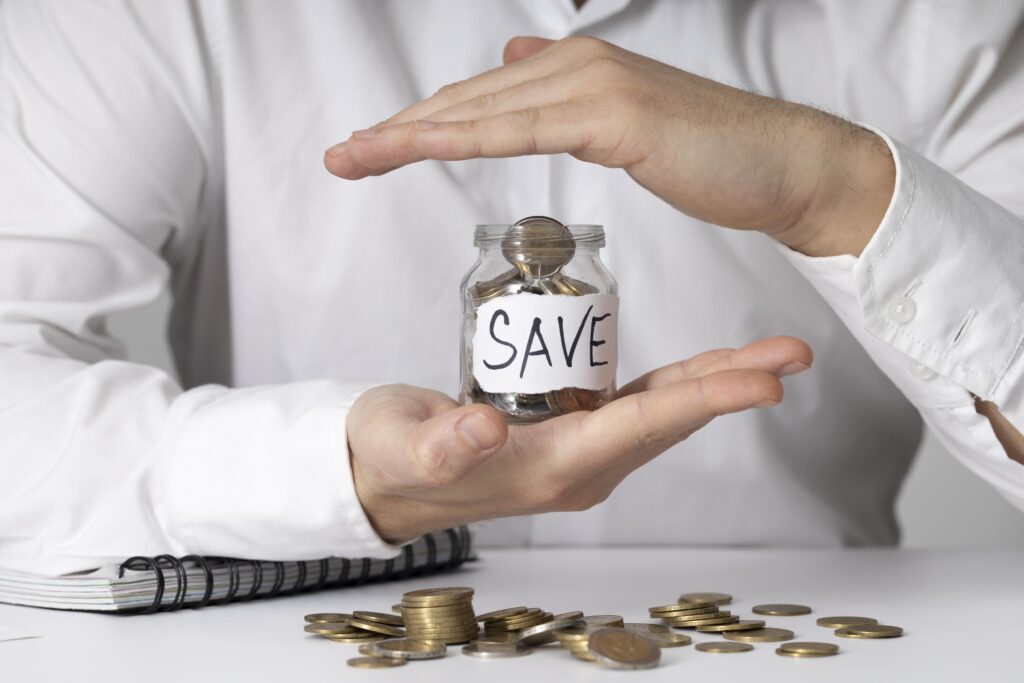If there is one piece of financial advice that never goes out of style, it is this: build an emergency fund. Life has a way of throwing surprises at us. From sudden medical bills to unexpected job losses, having money set aside can mean the difference between staying afloat or falling into debt.
But how much should you actually save? And where is the best place to keep it? Let’s break it down.
Why You Need an Emergency Fund

An emergency fund is your personal safety net. It is there to cover essential expenses when your regular income is disrupted. Without it, you might be forced to rely on credit cards or loans, which can lead to expensive debt and financial stress.
Even if you have a stable job or a high income, emergencies can happen to anyone. Think of it as financial peace of mind.
How Much You Really Need
The amount you need depends on your lifestyle, income stability, and monthly expenses. A common guideline is to have at least 3 to 6 months of essential living costs saved up. This means covering things like rent or mortgage, utilities, groceries, insurance, and transportation.
If your job is unstable or your income fluctuates (for example, if you are self-employed), you might want to aim for closer to 9 to 12 months of expenses. On the other hand, if you have multiple sources of income or a partner with a stable job, you could work with the lower end of the range.
Where to Keep Your Emergency Fund
Your emergency fund needs to be safe, easily accessible, and separate from your day-to-day spending money. Here are the best options:
- High-Yield Savings Account
This is one of the most popular choices. Your money earns interest, and you can access it quickly if needed. - Money Market Account
Similar to a savings account but may offer higher interest rates. It also allows limited check-writing or debit card access. - Short-Term Certificates of Deposit (CDs)
If you have a large fund and want slightly higher interest, short-term CDs can work. Just keep part of your money in an account you can access immediately.
Avoid keeping your emergency fund in investments like stocks or mutual funds, as their value can drop just when you need the money.
How to Build It Without Stress

- Start small. Even $20 a week adds up over time.
- Automate savings. Set up an automatic transfer from your checking account.
- Save windfalls. Tax refunds, bonuses, or extra income can give your fund a boost.
- Cut small expenses. Redirect the savings into your emergency account.
The Peace of Mind Factor
An emergency fund is not about making money. It is about sleeping better at night, knowing that you are ready for life’s surprises. It turns crises into inconveniences instead of disasters.
If you have not started yet, take the first step today. Even a small amount will grow into a strong safety net with time.
Ready to take control of your financial future?
Download our free guide on financial independence, no matter where you are starting from. It will help you create a plan that protects you now and builds wealth for the future.